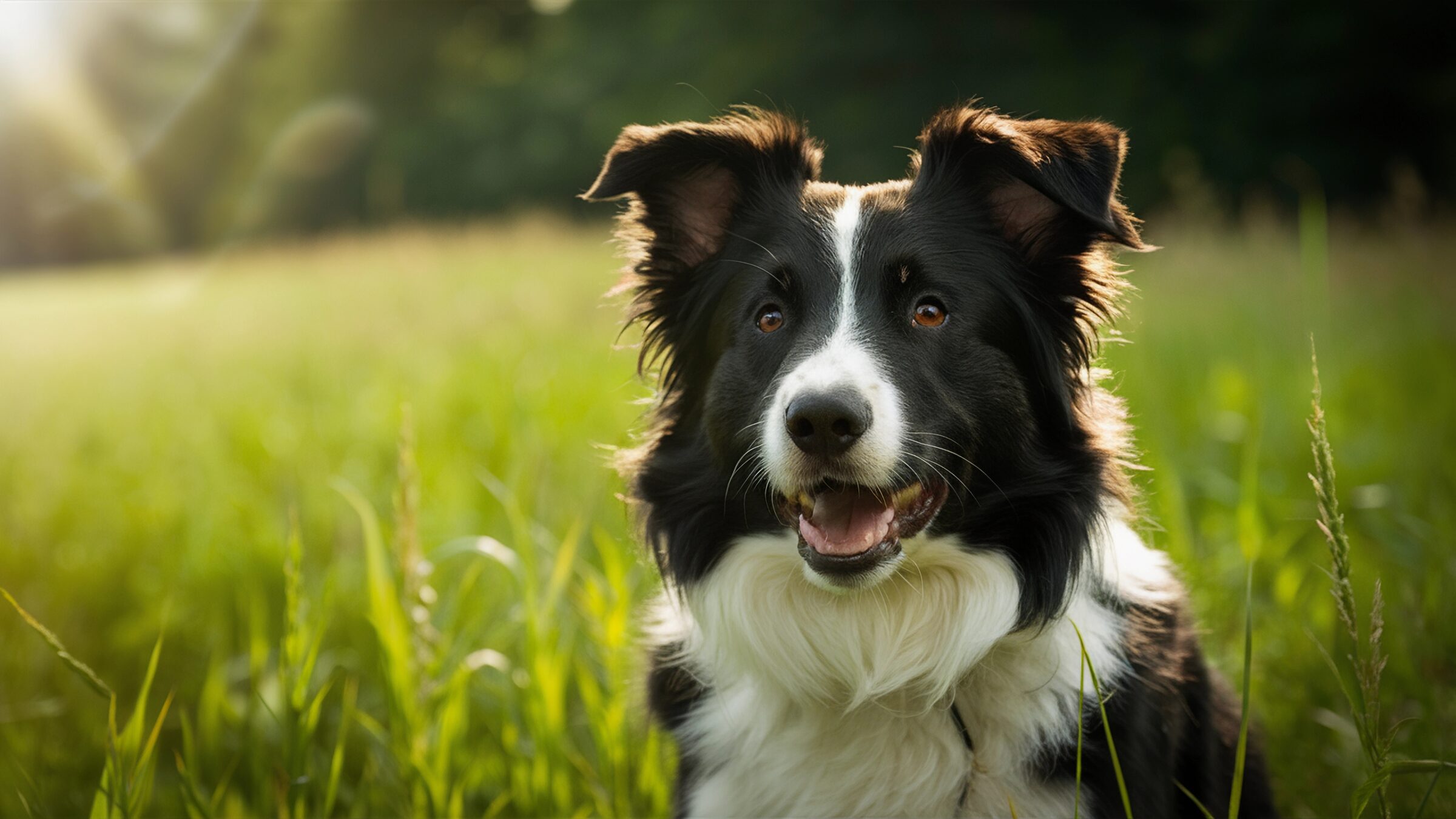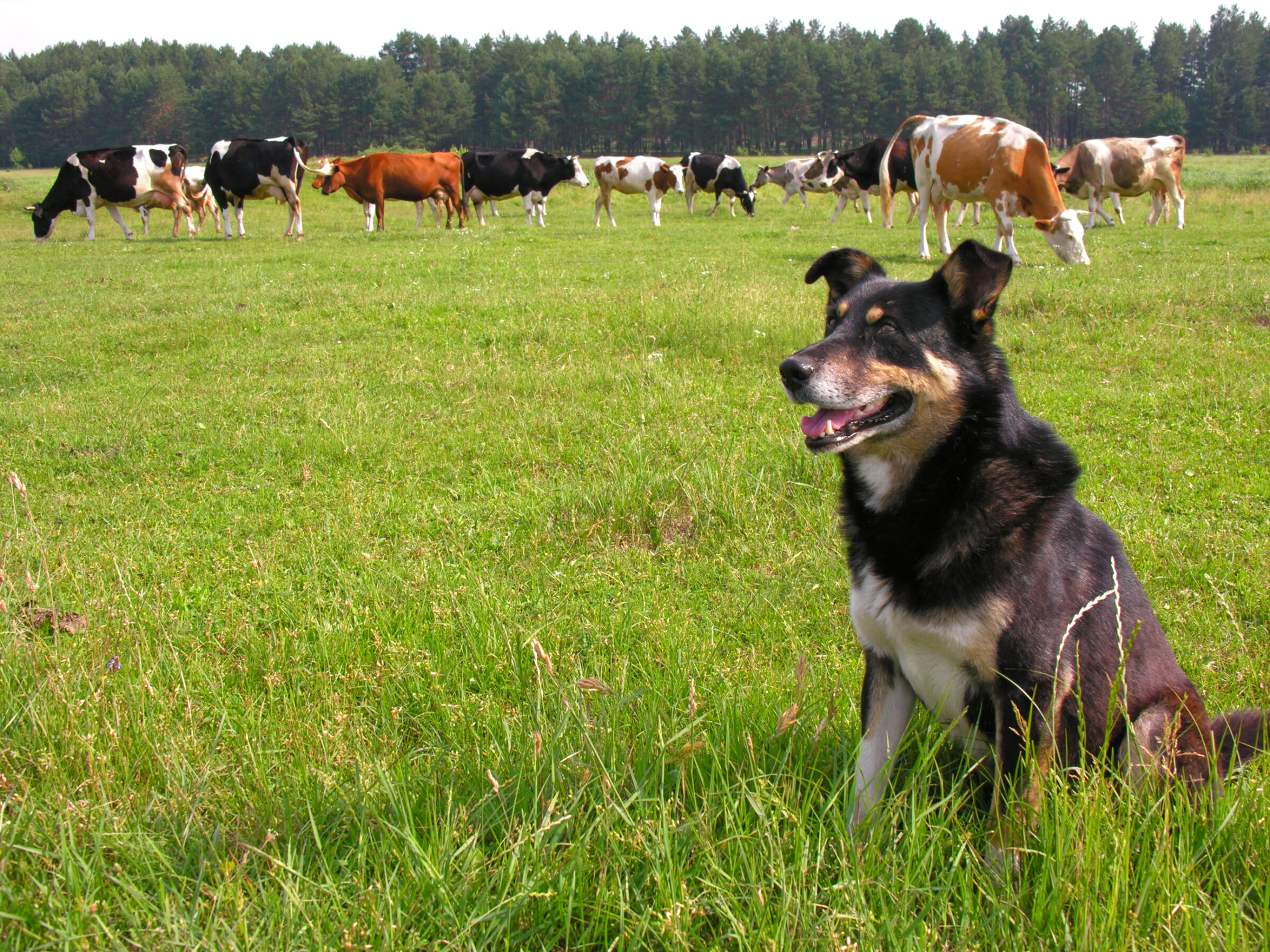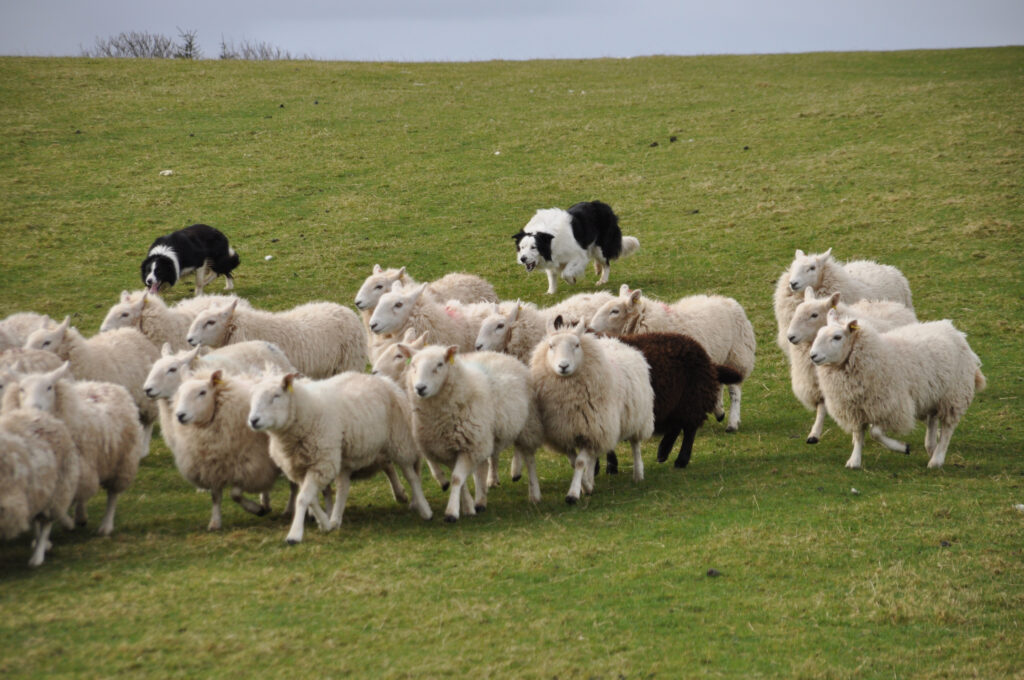All There Is to Know About How to Train a Herding Dog
Ever watched a skilled Border Collie effortlessly guide a flock of sheep, or seen a confident Australian Shepherd keep rambunctious cattle in line? There’s something truly mesmerizing about herding dogs in action! These incredible breeds were specifically developed to work alongside humans, using their instincts to control and move livestock. But even if your furry friend’s “flock” consists of your kids, the mailman, or even just the cat, understanding their unique drive is key to a happy and harmonious home.
At BlackPaw Dog Training, we know that living with a herding dog is a special experience. Their intelligence, energy, and strong work ethic make them fantastic companions, but also present unique training opportunities and challenges. Let’s dive into the fascinating world of how to train a herding dog!
What are Herding Dogs?
So, what exactly makes a dog a “herding dog”? It’s all about their deeply ingrained instincts! Centuries ago, humans noticed certain dogs had a natural knack for gathering, moving, and controlling groups of animals. Unlike guarding dogs that protect a flock from predators, herding dogs are about management and guiding livestock where they need to go.
Breeds like the Border Collie, Australian Shepherd, the Red and Blue Heeler, Shetland Sheepdog, Welsh Corgi, and many more fall into this category. While their sizes and styles of herding vary, some are “headers” that work from the front, others are “heelers” that nip at the heels; they all share that intense focus and drive to control movement. This instinct often manifests in behaviors like circling, staring (“the eye”), nipping, and pushing. Understanding these natural tendencies is the very first step in successful training!





Why is Knowing How to Train a Herding Dog So Important?
Okay, so we know certain dogs have this incredible, innate drive to herd. But why is it so important for you, as an owner, to understand how to train a herding dog specifically? Well, without proper guidance and a constructive outlet, those powerful instincts can go astray.
Imagine a highly intelligent, energetic dog with a strong desire to “herd”… but no sheep! What happens? They might start trying to herd your kids, chase bicycles, nip at guests’ heels, or become overly obsessive about moving objects around the house. These behaviors, while stemming from natural tendencies, can become quite challenging and even frustrating for both the dog and the owner.
Properly knowing how to train a herding dog isn’t about suppressing their instincts; it’s about channeling them into appropriate and positive outlets. It helps your dog understand boundaries, focus their energy constructively, and learn that you are the leader of their “pack.” This leads to a happier, better-adjusted dog and a much more peaceful household. It’s about building a strong bond based on clear communication and mutual understanding, transforming potential chaos into canine brilliance!
4 Tips on How to Train a Herding Dog
Ready to put that amazing herding instinct to good use? Training a herding dog is incredibly rewarding, but it does require consistency, patience, and an understanding of their unique wiring. Here are some of our top tips to get you started.
1. Start Early with Socialization and Foundation Skills
Just like any breed, early socialization is critical. Expose your herding pup to various sights, sounds, people, and friendly dogs. This builds confidence and helps prevent them from becoming overly protective or reactive. Simultaneously, master essential obedience commands like “sit,” “stay,” “come,” and “leave it.” A strong foundation in basic obedience is your ultimate tool for managing that powerful herding drive.
2. Provide Ample Mental & Physical Stimulation
Herding dogs are athletes of both mind and body. Simply letting them out in the yard isn’t enough. They need a job! Engage them with activities like:
- “Find It” Games: Hide treats or toys around the house or yard.
- Puzzle Toys: These challenge their problem-solving skills.
- Structured Walks & Runs: Not just a stroll, but a brisk walk or run where they are focused on you.
- Dog Sports: Agility, flyball, disc dog, or even actual herding lessons, if available, are fantastic outlets.
Remember: A tired herding dog is a well-behaved herding dog!
3. Channel the Herding Instinct
Trying to stop a herding dog from wanting to herd is like asking a fish not to swim; it’s completely against their nature! Instead, give them appropriate ways to express this drive.
- Flirt Poles, exercise and training toys designed to engage a dog’s natural prey tendencies, are a fantastic way to mimic the chase and “catch” without letting them herd inappropriate targets.
- Treibball, a sport where dogs herd large exercise balls into a goal, is great for exercise, herding, and it’s adorable to watch!
- Controlled games like a remote-controlled car, a long line with a favorite toy, or even a specialized lure coursing setup if available. The key here is control. Allow them to chase, but always incorporate cues to “leave it,” “come,” or “stop,” bringing them back to you before they become over-aroused or fixated.
4. Master Impulse Control and “Off-Duty” Behaviors
This is huge for herding breeds. Teach them to wait patiently, not react to every moving thing, and to settle down when asked. Commands like “stay,” “wait,” and teaching them to relax in a designated space are invaluable for managing their high drive in everyday situations. Consistent practice in varied environments is crucial for these smart cookies to generalize their learning.

Challenges When it Comes to Training Herding Breeds
While training a herding dog is incredibly rewarding, it’s also true that their unique traits can present some specific hurdles and behavior issues. Knowing what to expect can help you navigate these challenges with patience and understanding:
- Intense Focus and Drive: This is their superpower, but it can also be a challenge! Herding dogs can become so fixated on a moving object (a car, a squirrel, a child on a bike) that it can be difficult to break their concentration. This often requires consistent work on “leave it” and recall in distracting environments.
- Nipping and Barking: These are natural herding tools. While a gentle nip on a sheep’s hock is effective, the same action towards a human can be painful. Similarly, alert barking is common. Teaching bite inhibition early and providing appropriate outlets for their vocalizations is crucial.
- “Control Freak” Tendencies: Herding dogs are often highly intelligent and observant, and they like to be in control. This can sometimes lead to them trying to “manage” the household, which might look like pushing family members around, blocking doorways, or trying to dictate play. Clear leadership and consistent boundaries are key.
- Sensitivity to Movement and Sound: Their keen senses make them excellent workers, but also potentially reactive to sudden movements, loud noises, or even shadows. This sensitivity can sometimes manifest as anxiety or excessive barking. Desensitization and counter-conditioning can be very helpful here.
- High Energy Levels: We’ve touched on this, but it bears repeating. An under-exercised herding dog is a bored, frustrated dog, and that’s when problem behaviors tend to pop up. Finding adequate outlets for their physical and mental energy is a constant, yet vital, challenge.
Understanding these common traits isn’t meant to discourage you, but rather to equip you with the knowledge to approach training proactively and with the right expectations.
Why is Professional Dog Training So Important?
You’ve learned that herding dogs are truly special, with unique instincts and immense potential. While self-training can certainly take you part of the way, the complex nature of herding breeds often benefits immensely from professional guidance. Experienced trainers understand the nuances of herding dog behavior and can help you master the specialized skills involved in how to train a herding dog, allowing you to:
- Target Specific Behaviors: Whether it’s nipping, excessive barking, chasing, or leash reactivity, professional dog trainers can develop tailored strategies to address your dog’s unique challenges.
- Channel Instincts Safely and Positively: Trainers provide techniques and exercises to help you harness that powerful herding drive into appropriate outlets, preventing frustration for both you and your dog.
- Build Confidence (for both of you!): Structured training programs give you the skills and knowledge to confidently manage your herding dog in any situation, transforming challenges into triumphs.
- Save Time and Frustration: Instead of trial-and-error, professional trainers offer proven methods and personalized support, accelerating your progress and minimizing headaches.
Think of professional training as an investment in a happier, more harmonious life with your extraordinary herding dog.
BlackPaw Dog Training is Here for All Your Working Dog Needs
Learning how to train a herding dog is a journey filled with incredible moments and unique challenges, but you certainly don’t have to go it alone! At BlackPaw Dog Training, we specialize in understanding and working with high-drive, intelligent breeds like yours. We’re passionate about helping you transform potential behavioral quirks into impressive skills, building a stronger bond, and ensuring your herding companion is a happy, well-adjusted member of your family.
From foundational obedience and impulse control to advanced behavioral modifications, our expert trainers are equipped with the knowledge and experience to guide both you and your dog. If your energetic Australian Shepherd needs specific guidance, or you’re just looking for general tips for your cattle dog, remember that every dog is an individual and deserves a personalized approach.
Don’t let herding instincts lead to frustrating behaviors. Instead, let BlackPaw Dog Training help you channel that amazing drive into positive, enriching activities. Ready to start your training adventure? Contact us today! We’re excited to work with you and your incredible herding dog!

